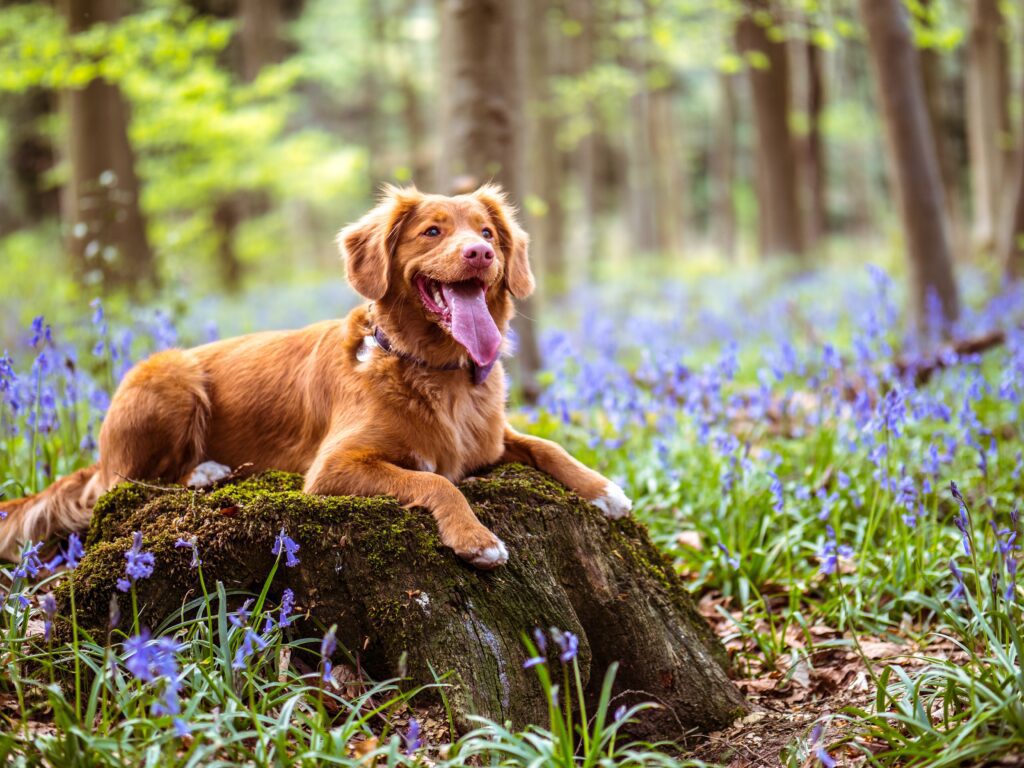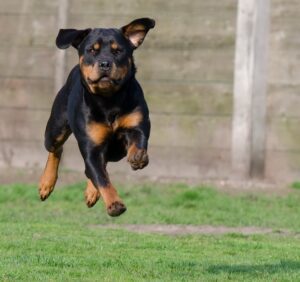Guest Blog: Derek Edison
Content Writer and Blogger
Getting to know your new puppy and its language/behaviors
Are you planning to buy a dog, or have you already bought one? If you have, then there are many things you must know about their behaviors, ranging from their food habits to their hygiene and care. Animals, just like humans, have their language through which they convey their feelings and emotions. You might see your dog doing some unnatural and weird behaviors, which might leave you confused. To them, this is their unique way of making you understand what they want.
To have a better bond with your pet dog and to understand their feelings and wants, you would have to know what they are trying to say. From their actions, you will be able to figure out their mood. Though it might seem like a hard thing to do, and you may never completely master it, you just must try.
You might make a few mistakes in the beginning and fail to understand what your dog is trying to say; however, with time and patience, you will surely create a great bond with your beloved pet. To help you get a clear understanding of your pet’s moods and actions, we have seven behaviors that you might commonly observe in your new pet dog.

Chasing
Dogs, by nature, have predatory instincts and might (depending on the breed) chase anything that moves in front of them. They may chase cars, people, or even other animals. It can be very dangerous for your dog, especially if you are not around. Moreover, even if you are not around, you will be unable to catch them quickly when they start chasing.
Use a durable dog harness to keep your dog confined if you are taking them outside for a walk. Also, try and keep them away from things or objects that trigger this action.
You must also train your dog to come when you call them or use whistle training to get their attention.
Barking
Dogs are very vocal in every way. The most common way in which they convey their message is by barking, whining, or making some other sounds. However, each sound that they make has a different meaning. Your work is to find the real meaning of the sound that they are making.
There can be many reasons behind the dog barking. Some of them can be to warn you regarding an approaching danger, in excitement, to grab your attention, out of boredom, out of anxiety, or to respond to other dogs. Address the actual reason for their continuous barking and take the appropriate action.
Jumping Up

Jumping up is a widespread behavior associated with dogs. They jump up for many reasons, such as in excitement or to greet you when you get home. Some pets even jump up when a new person visits your home. This behavior can be very annoying as well as dangerous for some people. You want to discourage this type of behavior.
Separation Anxiety
It is also a pervasive behavior in many pets, especially in dogs. If your pet is closer to you than your other family members, then they may resort to certain behaviors when you are not present. The most common behavior that would help you or your family to understand this is a growing restlessness in your dog when you leave your home. They may also misbehave for an hour or so after you leave the house. Moreover, when you come back home, they will be continuously following you wherever you go in the house. There are a variety of methods to combat separation anxiety in your dog and believe me, both you and he/she will be better if you treat this seriously.
Chewing
Chewing is a significant activity for dogs to maintain good dental hygiene. However, this should be done with the right chew toys. If you find your dog is chewing excessively and doing it using different personal items in your house, then it is time to put a check on this behavior.
They may be anxious, curious, or growing teeth, which is very common in puppies. When you find your new pet chewing your items, replace the item with an indestructible chew toy. Slowly train them so that they know which thing to chew and which items are off-limits for them.

Begging
Dogs love food, and you may see them begging with their big puppy eyes when you are eating something. However, this behavior should never be encouraged by owners. Begging and then giving them excessive treats and scraps whenever you are eating could lead to digestive problems and obesity for your pet.
Even though you might want to give them a bite when they make the begging face, you should refrain from doing so for your pet’s good health and for your manners when you are entertaining company.
Biting
Biting is an instinctive behavior of dogs, but most dogs do not bite unnecessarily. Aggression is not the only reason why dogs bite, nip, or snap. Some of the other reasons can be fear, pain, protection, predatory instinct, or even defensiveness. Depending on the situation, your dog might resort to biting.
As an owner, you need to teach your pet biting inhibition so there is a decrease in this behavior. It’s up to you as a dog owner to socialize your puppy from the very day you bring him/her home and train them that biting is unacceptable unless you are training a military or guard dog which is not the case in most companion pets.
Conclusion
These are some of the expected behaviors that you might find that your new dog is indulging in. The reasons mentioned above would help you get a more detailed idea about the situations and how to handle them appropriately.
There are many other behaviors that your dog might display.
As you spend more and more time with your pet, you will be able to connect with them on a deeper level and understand their behaviors.



